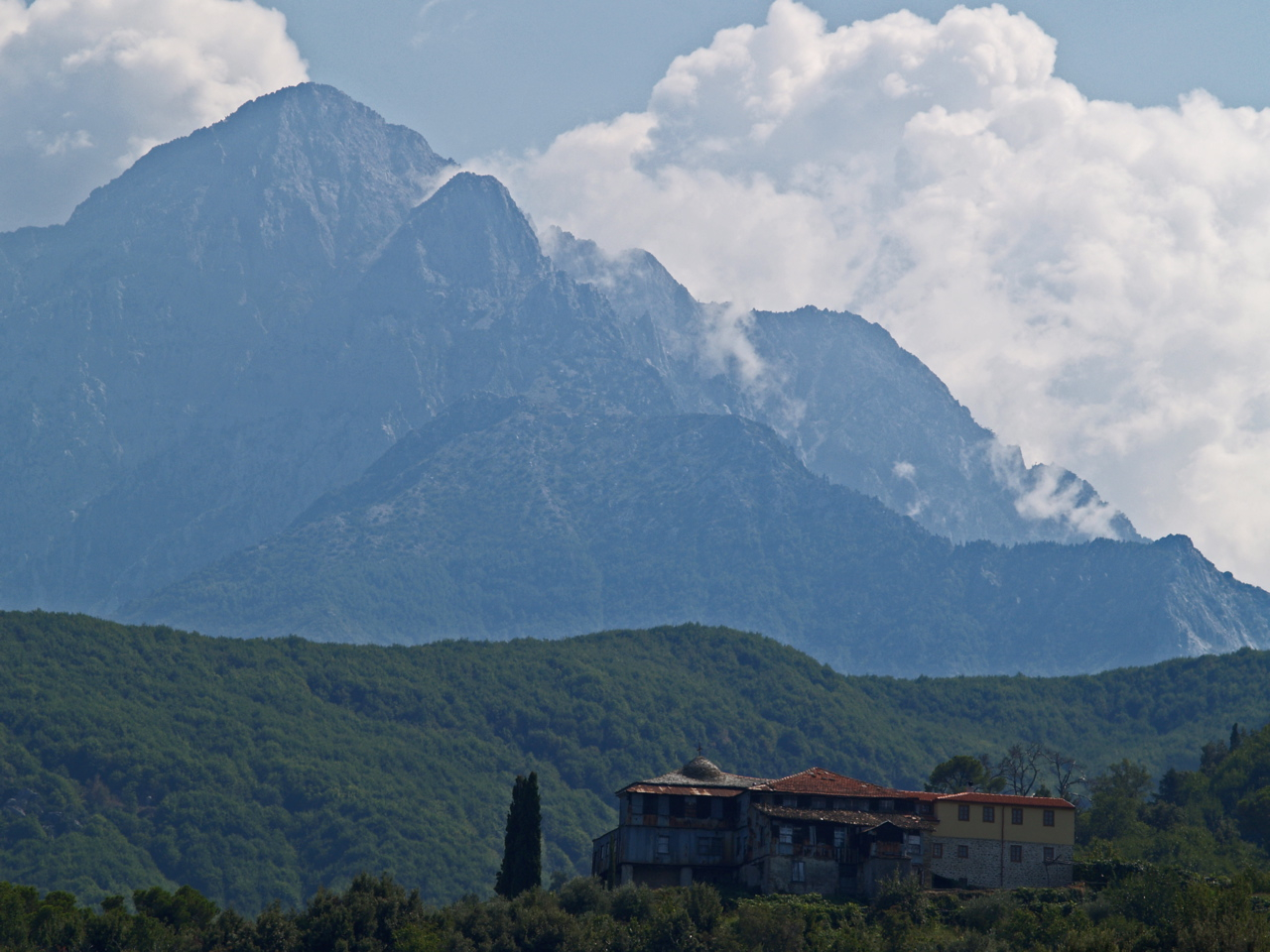Welcome! I am a theoretical physicist, cosmologist, theologian, writer, and Orthodox Christian.
I’m guided by the big questions that we all think about at some time: What is reality? How did the universe come to be? Why do I exist? These are difficult questions whose potential answers intrigue me, as perhaps they may fascinate you too. There are many ways in which one may approach such questions. For me, I engage these questions academically at various levels, including by thinking of them from the collective perspectives of physics, philosophy, and theology.
My academic research is at the intersection of theoretical physics, cosmology, and theology.
My physics interests include nonsingular black holes, cosmic expansion, dark matter, and dark energy. Recently, I have been involved in proposing how nonsingular black holes can solve the problem of dark matter; I have also written a popular science article on the idea, which was published by The Institute of Art and Ideas. My M.S. thesis was on tests of general relativity and modified theories of gravity using quasi-normal modes of black holes. I have also conducted research at CERN on dark photons and their role in possible models of dark matter. This work was funded by the National Science Foundation IRES award.
My theology interests include the compatibility of science and religion, the history of religious beliefs of theoretical physicists, theological interpretations of quantum mechanics, and science from the perspective of the theology of Eastern Orthodox Christianity.
I began my research career with an interest in what is perhaps the most complex organized physical system observed thus far in the universe: the human brain. I did this research as an Amgen Scholar at UCLA and MSRIP Scholar at University of California, Riverside. My exploration of concepts related to the brain, mind, awareness, and time inspired in me questions about nature and the universe that I thought could best be answered through theoretical physics but ultimately led me to me to theology.
Teaching is and has been an important aspect of my career. I am a Teaching Assistant in the Department of Physics at Arizona State University, where I have led recitation and laboratory sections for undergraduate courses and graded graduate coursework in physics. Previously, I was a Teaching Associate in the Department of Physics & Astronomy at California State University, Los Angeles, where I taught an activity section for undergraduate electromagnetism. In the past, I have taught a course for preparing for college-level physics for high school students as a part of the Upward Bound Math & Science summer program at Moreno Valley College. I have worked as a supplemental instructor in the English Department at Riverside City College. I have also served as a substitute teacher for several public school districts in southern California.
The guiding importance of my life is my faith, as I am an Orthodox Christian. My conclusion that God exists is the result of my studies as a theoretical physicist and thinking about the nature of reality, informed by a number of remarkable facts, not limited to: the fine-tuning of physical law for life; the unreasonable effectiveness of mathematics in describing nature; the incredible beauty of the observable universe; the hard problem of consciousness; Gödel's incompleteness theorem; the concept of synchronicity; the existence of meaning; the existence of rationality; the existence of good and evil; the experience of free will; the experience of love. My essays about God can be found here.










